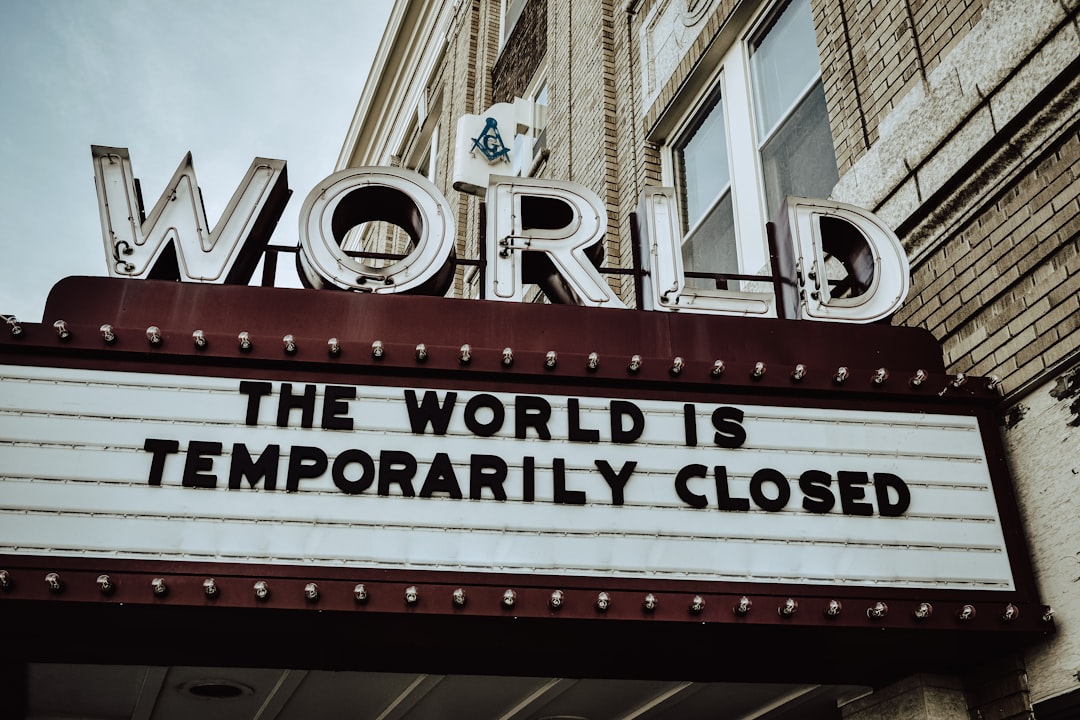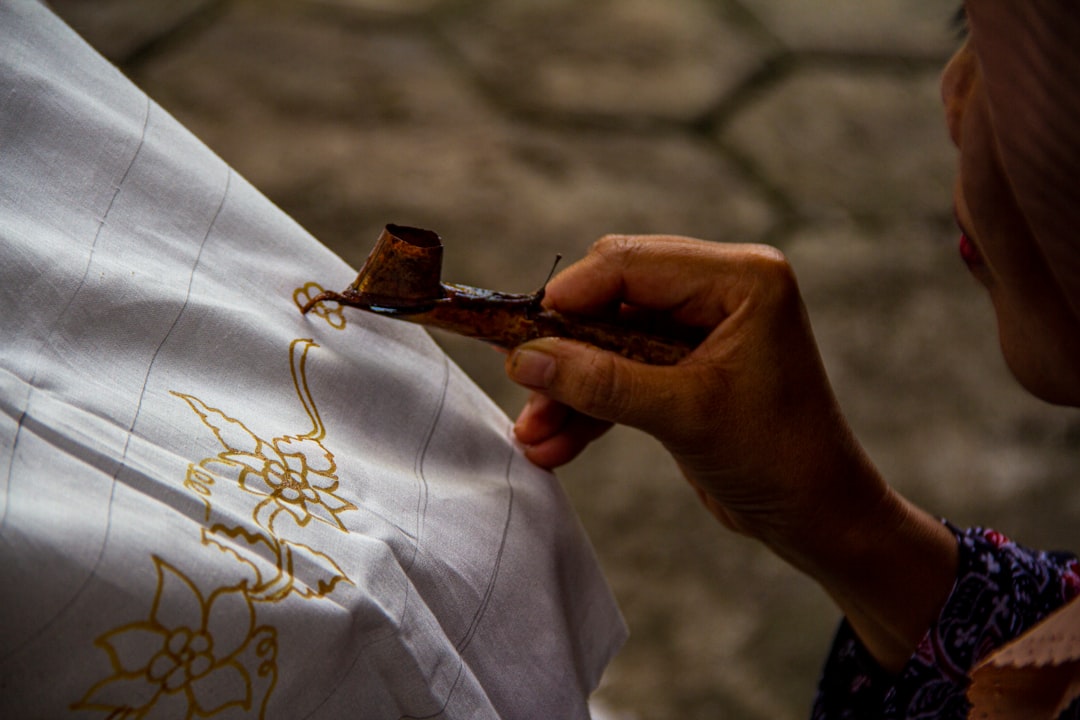What is it about?
This article offers a reading on three major works by an outstanding but marginalized artist whose most original work was created between 1928 and 1930 in the context of debate about women's contribution to culture. Expanding on an earlier essay on the mythic images of Mothers (Quance 2000), Quance examines the work in light of the artist's assertion that she painted only what a women could paint. This conviction would seem to have led her to a metaphysical but rebellious outsider's view.
Featured Image

Photo by Mark Basarab on Unsplash
Why is it important?
The article links the images of women and their portrayal in Santos's work to a specific intellectual context: not only the avant-garde but also nascent feminism.
Perspectives
I wrote about Angeles Santos' masterpiece "Un mundo" shortly after it was acquired by the Reina Sofia in 1992 because I was dazzled by its ambition. I was convinced that the painter had absorbed influences (such as that of Goethe) that were shared by the writers of the Generation of 1927, despite her isolation as a young female prodigy. Although Santos has been the subject of brilliant research, I found that the intellectual context of prewar feminism was still missing from the picture.
Dr Roberta Ann Quance
Read the Original
This page is a summary of: Ángeles Santos (1911–2013) and the Mothers of Her Own Invention, Bulletin of Spanish Studies, May 2018, Taylor & Francis,
DOI: 10.1080/14753820.2018.1497326.
You can read the full text:
Contributors
The following have contributed to this page










